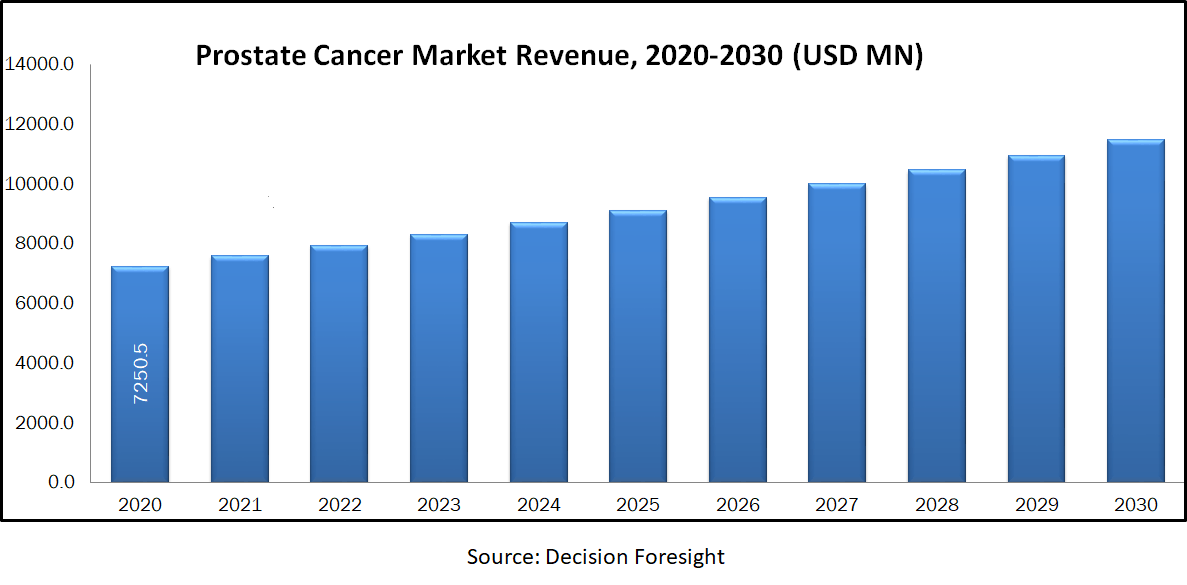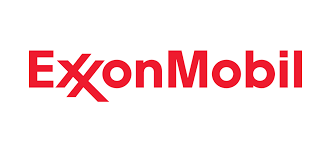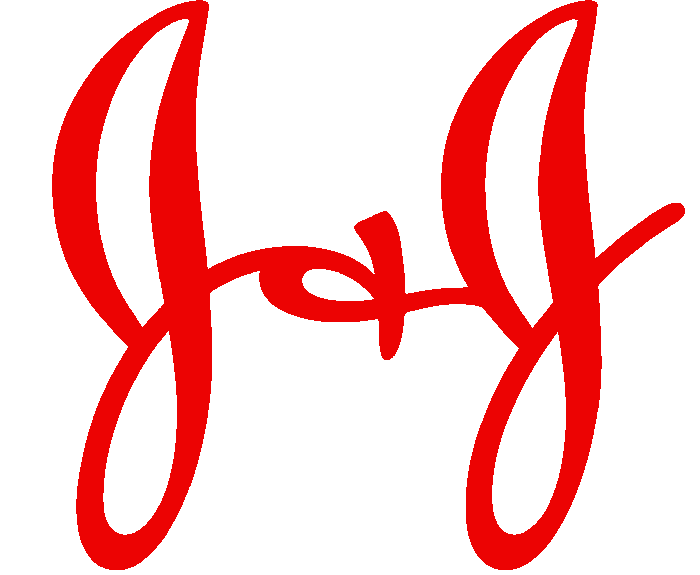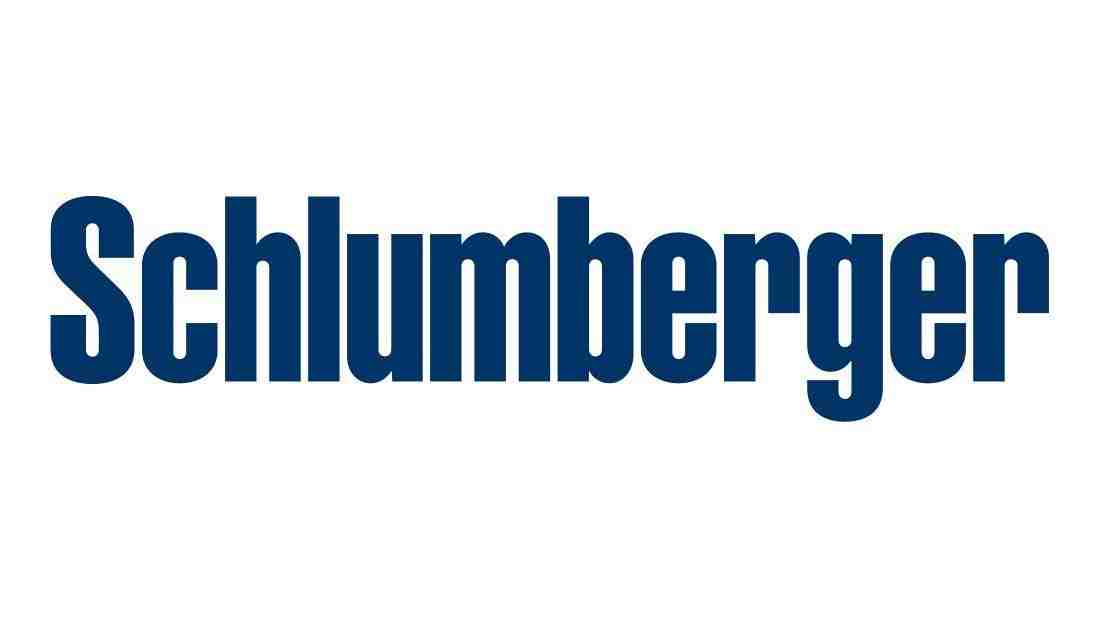Multiple Prostate Cancer Market is accounted approximate USD 7250.5 million in 2020 and it is expected to reach approximate USD 11477.1 million by 2030 with a CAGR of 4.7% during forecast period.The prostate cancer is the second most common non-cutaneous cancer in men; which is caused by the abnormal growth of tissues in the prostate gland that produces seminal fluid. It is a part of male reproductive system and prevalent in geriatric men over the age of 50 years. The hazards such as geriatric age, family history, and race are responsible for development of these cancers. This is more common among the African-American population than Caucasians in the U.S. The propelled generality of this cancer are due to rise in the geriatric population, disk bound lifestyle of people in developed countries, and incidence of urological disorder at an early age augments. In the last decade, the substantial advances in androgen receptor (AR) targeting in this cancer including enzalutamide, abiraterone acetate, sipuleucel-T, cabazitaxel, and radium-233. Further, the advancement in immunotherapy and radiopharmaceutical-based therapy, although their optimal use in the clinic remains unclear. By targeting the AR with high affinity and impacting its translocation and function within the nucleus and enzalutamide represents a considerable advance over first-generation antiandrogens. Around 1 in 7 men are diagnosed with this cancer, and approximately 1 in 35 men die from this disease as stated by Urology Care Foundation.

Market Segmentation:
Based on the type, the global prostate cancer market is bifurcated into hormone sensitive and hormone refractory. Based on the diagnosis technique, the market is classified into multipara metric MRI, prostate-specific antigen, rectal exam, and biopsy. On basis of the therapy, the market is categorised as chemotherapy, hormonal therapy, targeted therapy, radiation therapy, immunotherapy, and surgery. By the chemotherapy, the market is further divided into systematic and regional. Based on the distribution channel, market is segmented into hospital pharmacies, retail pharmacies, online sales, and others. By the end user, the market is categorised speciality centre, hospital& clinics, and others. By the region, the prostate cancer market is segmented into North America (NA), Europe (EU), Asia Pacific (APAC), and RoW.
Market Dynamics and Factors:
Rapidly aging population, growing awareness among people, rising treatment demand and availability of new treatments is one of the major drivers for the growth of the global prostate cancer market. Moreover, increasing awareness of the healthy life among the population, technological innovation in screening and diagnostic tests, increased geriatric population are some of the other factors which will drive the market. The continued uptake of second-generation hormonal agents into metastatic hormone-naive prostate cancer (mHNPC) and non-metastatic castration-resistant prostate cancer (nmCRPC) treatment; where the extended treatment duration will drive overall sales. However, the high cost and side effects of the treatment is responsible to restrain the prostate cancer market growth. Moreover, unmet medical needs and patent expiry of blockbuster molecules are creating immense opportunities for the market growth during forecast timeframe. Further, new product launch and acquisitions of pharmaceutical expenditure with limited number of players are also adopted by leading players. The new therapies along with better treatment facilities and reimbursement policies are considered to be the challenge for prostate cancer market.
Geographic Analysis:
In 2019, North America was accounted approximately 41% market share across the globe. North America is expected to lead the highest growth of the global prostate cancer market, attributed to rising prevalence of disease, world class diagnosis techniques, advent of vaccines such as Sipuleucel-T, and increasing geriatric population in this region. The high investment in research and development (R&D) of prostate cancer and presence of African-American population are other factors which fuelling the prostate cancer market in the U.S. region. Europe is expected to be the second highest region due to health awareness among the population, advanced diagnosis and favourable regulatory environment which is driven by France and Norway. Additionally, Asia pacific is expected to fastest growing market during the forecast period. The rising awareness about the disease, government support with scheme, and increased investments in R&D of immunotherapy and targeted therapies are key factors for boosting the market. Latin America and the Middle East & Africa region are projected to witness substantial growth due to rise in awareness programs by associations and companies over the upcoming years.
Competitive Scenario:
The key players of global prostate cancer markets are Amgen, Inc., Astellas, Inc., AstraZeneca plc, Johnson and Johnson, Sanofi S.A, Bristol Myers Squibb, Bayer AG, Ipsen Group, Tolmar, Inc., Indevus Pharmaceuticals, and Sanpower Group (Dendreon Corporation).
Prostate Cancer Market Report Scope
| Report Attribute | Details |
| Analysis Period | 2020–2030 |
| Base Year | 2021 |
| Forecast Period | 2022–2030 |
| Market Size Estimation | Million (USD) |
| Growth Rate (CAGR%) | 4.7 % |
|
| By Type (Hormone Sensitive And Hormone Refractory), By Diagnosis Technique (Multipara Metric MRI, Prostate-Specific Antigen, Rectal Exam, And Biopsy), By Therapy (Chemotherapy (Systematic And Regional), Hormonal Therapy, Targeted Therapy, Radiation Therapy, Immunotherapy, And Surgery), By Distribution Channel (Hospital Pharmacies, Retail Pharmacies, Online Sales, And Others), By End User (Speciality Centre, Hospital& Clinics, And Others) |
| Geographical Segmentation | North America (U.S., Canada, Mexico) Europe (UK, Germany, Italy, France, Rest of Europe), Asia-Pacific (China, Japan, India, Australia, Rest of APAC), South America (Brazil, Argentina, Rest of SA), MEA (UAE, Saudi Arabia, South Africa) |
| Key Companies Profiled | Amgen, Inc., Astellas, Inc., AstraZeneca plc, Johnson and Johnson, Sanofi S.A, Bristol Myers Squibb, Bayer AG, Ipsen Group, Tolmar, Inc., Indevus Pharmaceuticals, and Sanpower Group (Dendreon Corporation). |






